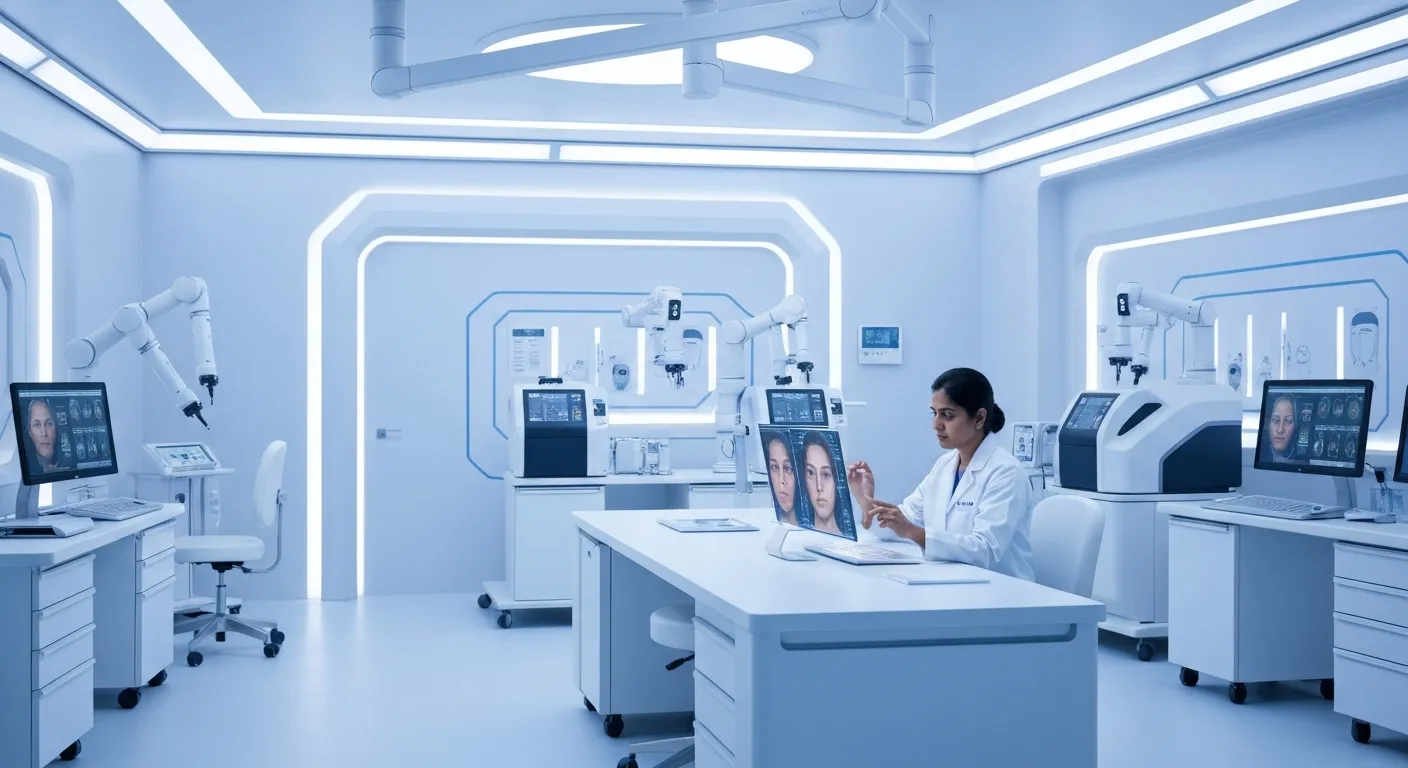
How Can My Rhinoplasty Recovery Be Easier?

Body contouring has revolutionized the way we think about self-care and aesthetic transformations. It’s more than just a cosmetic procedure—it’s a path to enhanced confidence and self-expression.
Making your rhinoplasty recovery easier is all about following proper post-operative care and taking steps to promote healing. By adhering to your surgeon’s advice and being mindful of your body, you can help reduce discomfort, minimize swelling, and get back to your normal routine more quickly.
7 Steps to Make Rhinoplasty Recovery Easier
Here are several tips and strategies that can make your rhinoplasty recovery process smoother:
1. Follow Your Surgeon’s Post-Op Instructions Carefully
Your rhinoplasty surgeon will provide specific aftercare instructions tailored to your individual surgery. This will likely include how to care for incisions, manage swelling, and limit physical activity. Following these guidelines is crucial to avoid complications and promote faster healing.
2. Keep Your Head Elevated

Elevating your head, especially while sleeping, can significantly reduce swelling and improve drainage. Many patients find it helpful to sleep with multiple pillows or use a recliner for the first week after surgery. Keeping your head elevated also helps prevent excess blood flow to the nose, reducing discomfort.
3. Use Cold Compresses
In the first 48 hours after surgery, applying cold compresses to the cheeks (not directly on the nose) can help minimize swelling and bruising. This simple technique can provide relief from discomfort and promote faster healing.
4. Eat a Nutritious, Healing-Focused Diet
What you eat after rhinoplasty can affect your recovery. A diet rich in vitamins and nutrients supports tissue repair and reduces inflammation. Focus on foods rich in vitamin C (like citrus fruits and leafy greens) and proteins to aid healing. Stay hydrated, and avoid salty foods, which can worsen swelling.
5. Avoid Strenuous Activities
Physical exertion, including heavy lifting and vigorous exercise, should be avoided for at least several weeks following rhinoplasty. Increased blood pressure from these activities can lead to bleeding, increased swelling, or even a setback in your healing process. Ask your surgeon when it’s safe to return to your usual routine.
6. Be Gentle with Your Nose
It’s essential to protect your nose from any accidental bumps or pressure while it heals. Avoid wearing glasses or sunglasses that rest on the bridge of your nose for several weeks unless your surgeon provides a specific plan for how to wear them safely. In the meantime, consider contact lenses or other adjustments to avoid disrupting your healing nose.
7. Keep Your Follow-Up Appointments
Follow-up visits with your New York plastic surgeon are an important part of your recovery process. These appointments allow your surgeon to track your healing progress, address any concerns, and make recommendations if adjustments to your recovery plan are needed.
Benefits of These Recovery Steps
By following these steps, you’ll not only experience less discomfort, but you will also enjoy a better outcome from your surgery. Proper post-operative care reduces the risk of infections, minimizes swelling, and expedites healing so that your new nose can make its debut without any unscheduled delays.
Signs You Should Call Your Surgeon
Although rhinoplasty recovery typically follows a predictable path, you need to monitor yourself for signs of trouble. Reach out to your surgeon immediately if you experience:
- Unusual or worsening pain: Some discomfort is expected, but severe pain could indicate a complication.
- Excessive swelling or bruising: Swelling is normal, but if it continues to worsen after the first few days, it could signal infection or other issues.
- Fever or redness at the incision site: These symptoms could indicate an infection and should be addressed by your surgeon promptly.
- Breathing difficulties: If you experience unexpected trouble breathing, particularly after the initial swelling subsides, you should contact your surgeon for advice.
Have Questions About Your Rhinoplasty Recovery? Contact Dr. Loeb Today!
If you’re considering rhinoplasty or have questions about what your recovery process will look like, talk to New York rhinoplasty surgeon Dr. Thomas Loeb. With years of experience and a reputation for delivering exceptional results, Dr. Loeb is known as one of the very best in the city. Make an appointment and begin your aesthetic journey today!
.png)
.png)



.svg)
.svg)





